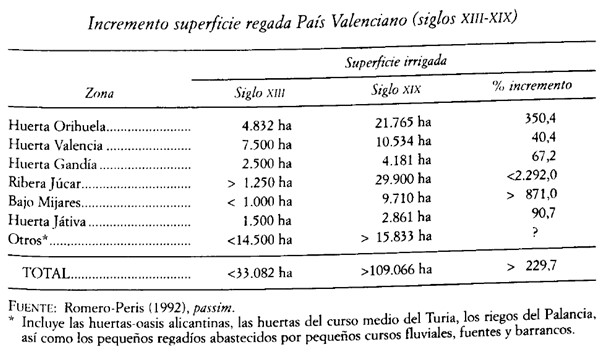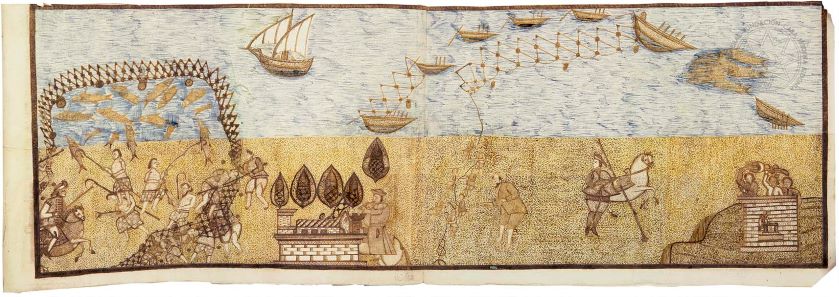When studying family structures, it is easy to recognise the importance of the dowry strategy in fixing a large part of social reproduction, whether through sexual egalitarianism from the beginning of marriage, in the development of the conjugal nucleus over time or in the different stages of inheritance. This model of social reproduction reached its greatest heights in the second half of the 18th century, presenting the possibility of accumulating large amounts of property if these strategies were carried out satisfactorily.
Although theoretically the administration of the wife’s dowry is the responsibility of the husband, by separating the property of each of the spouses it is possible to appreciate the gains or losses that each of them has incurred. The same applies when analysing the nature of the assets brought into the marriage as a whole, differentiating also between what each brings to the marriage.
Collection: Statistics
Project: 3. Rural world and urban world in the formation of the European identity., 4. Family, daily life and social inequality in Europe.
Chronology: XVIII, XIX
Scope: Secondary Education, Baccalaureate, University, Postgraduate
Link: https://revistas.usal.es/index.php/Studia_Historica/article/view/4758
Resource type: Statistics
Format: Table
Source: Pérez, J. M. (1997). "Estructuras familiares, prácticas hereditarias y reproducción social en la Vega baja del Esla", en Studia historica. Historia moderna, nº 16, p. 269.
Language: Spanish
Date: 1997
Owner: Roberto José Alcalde López (Modernalia)
Copyright: ©Studia historica. Historia moderna ©José Manuel Pérez García
Abstract: Table showing the nature of the dowry assets contributed in marriages in the Vega baja del Esla between 1700 and 1850
Tags







